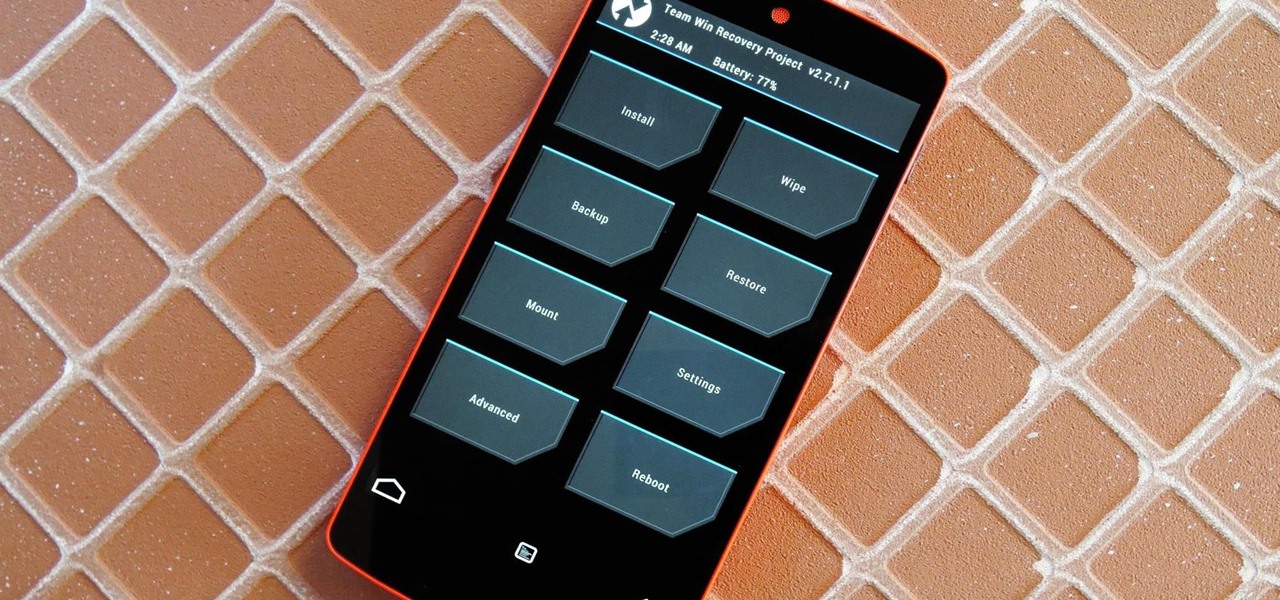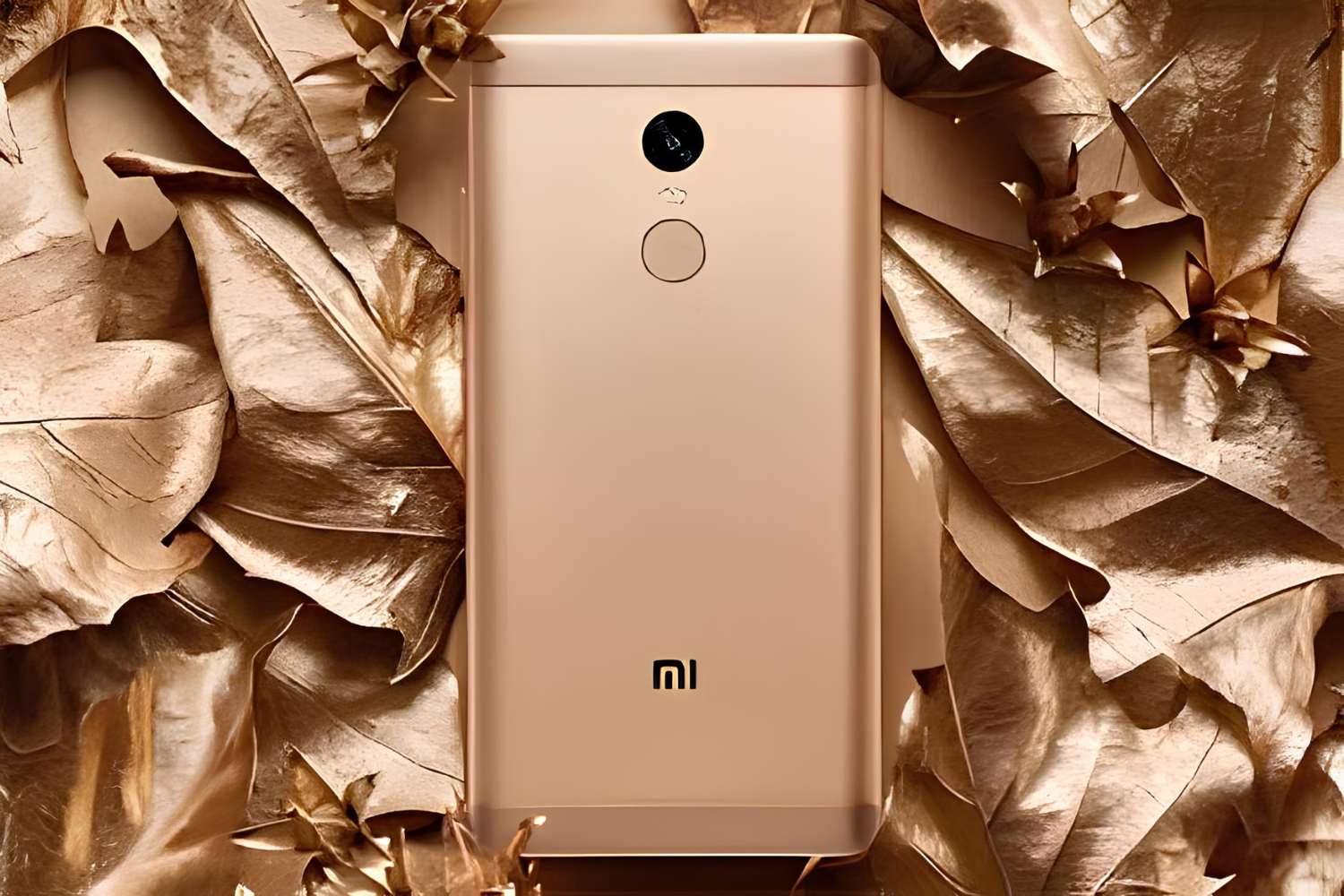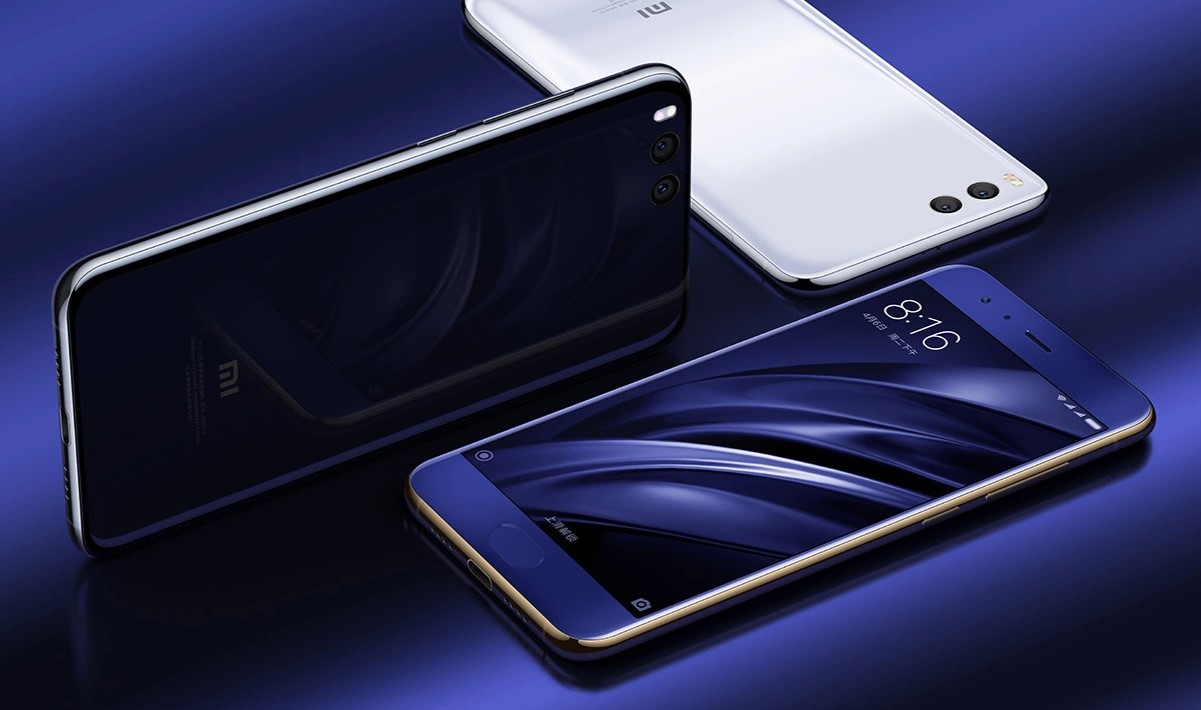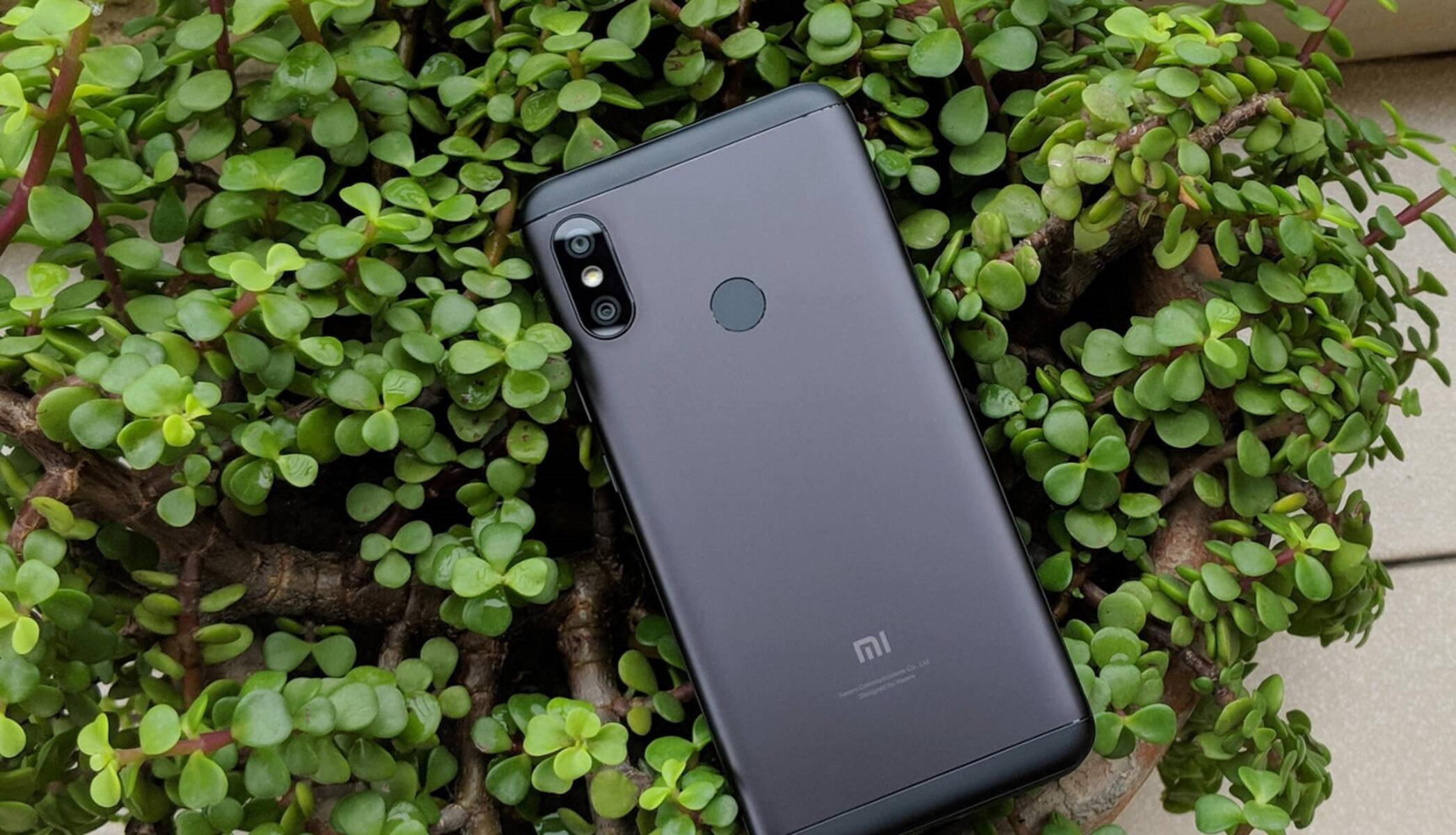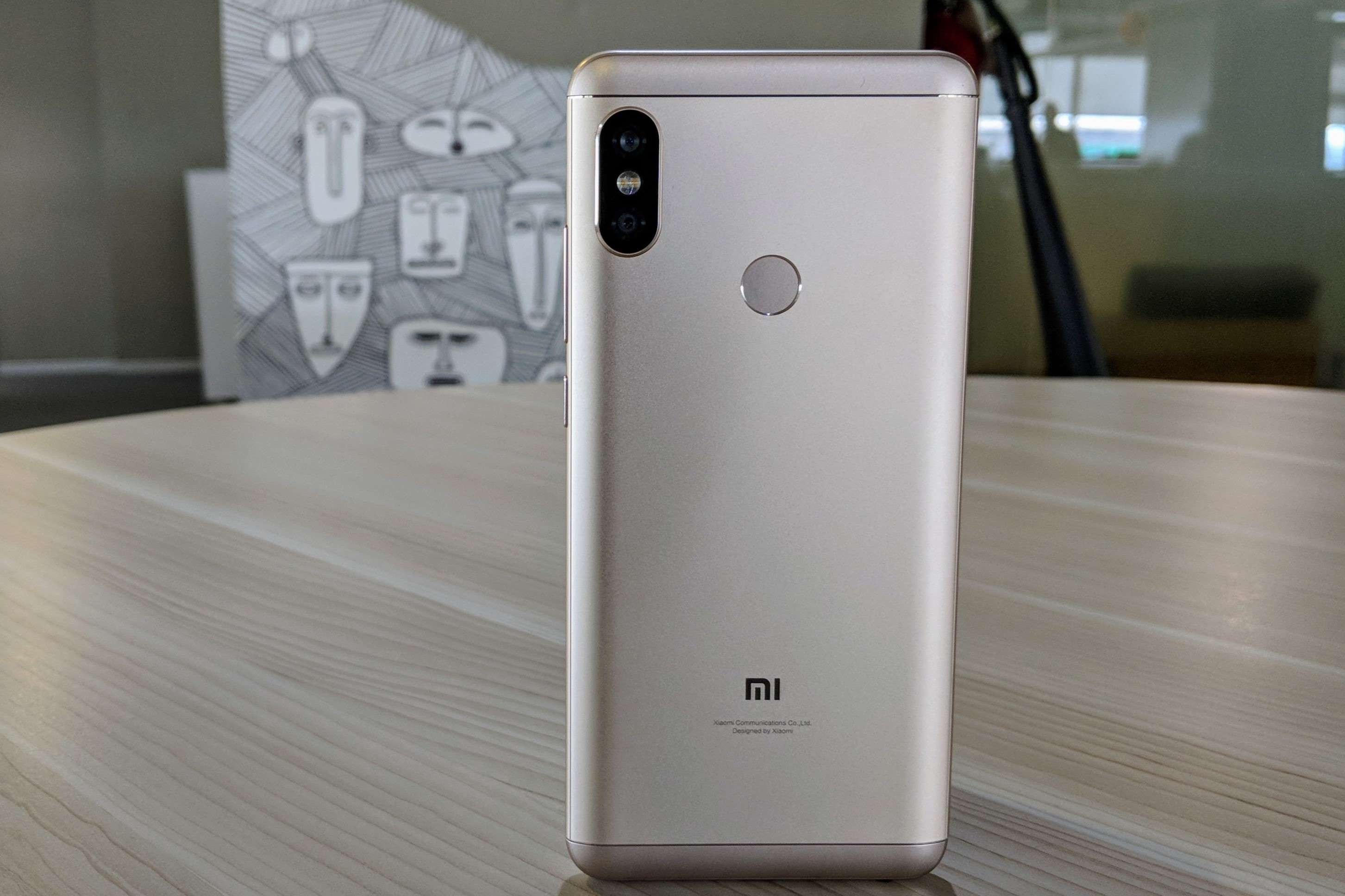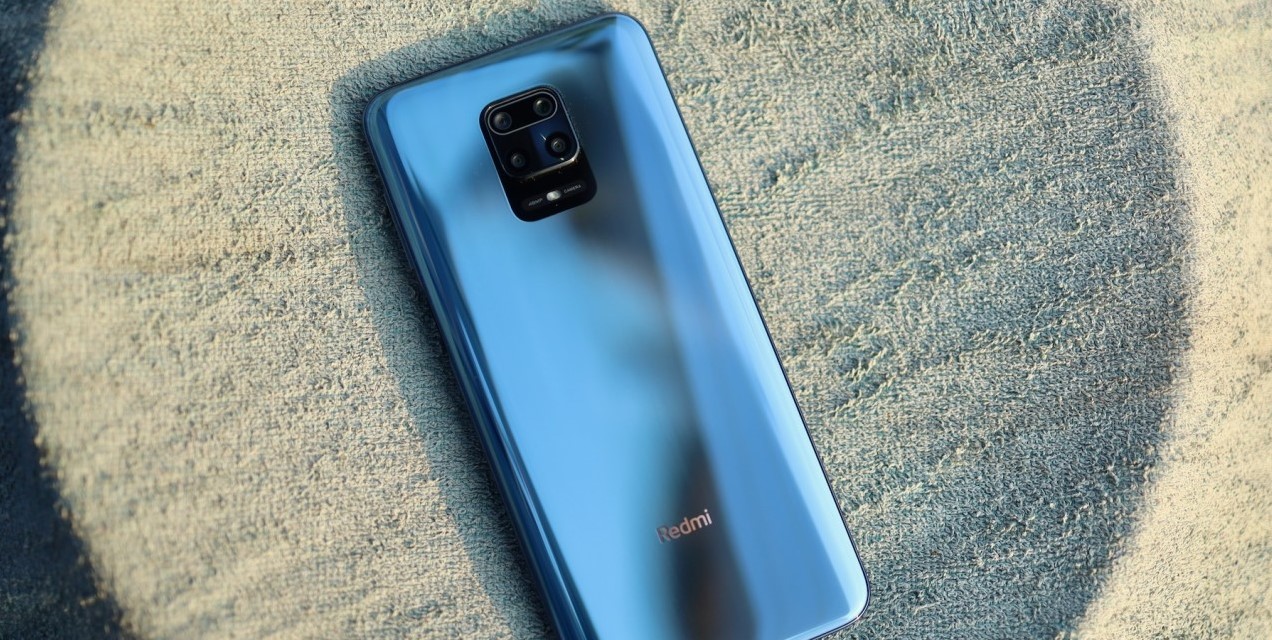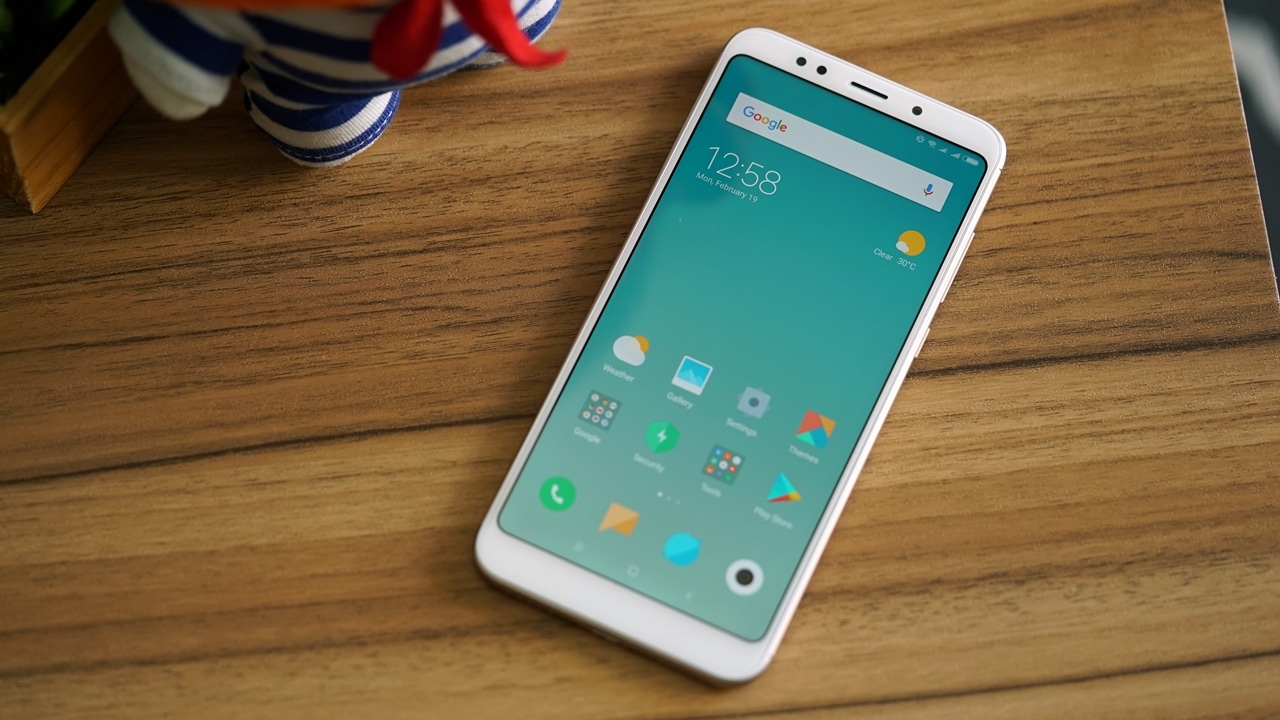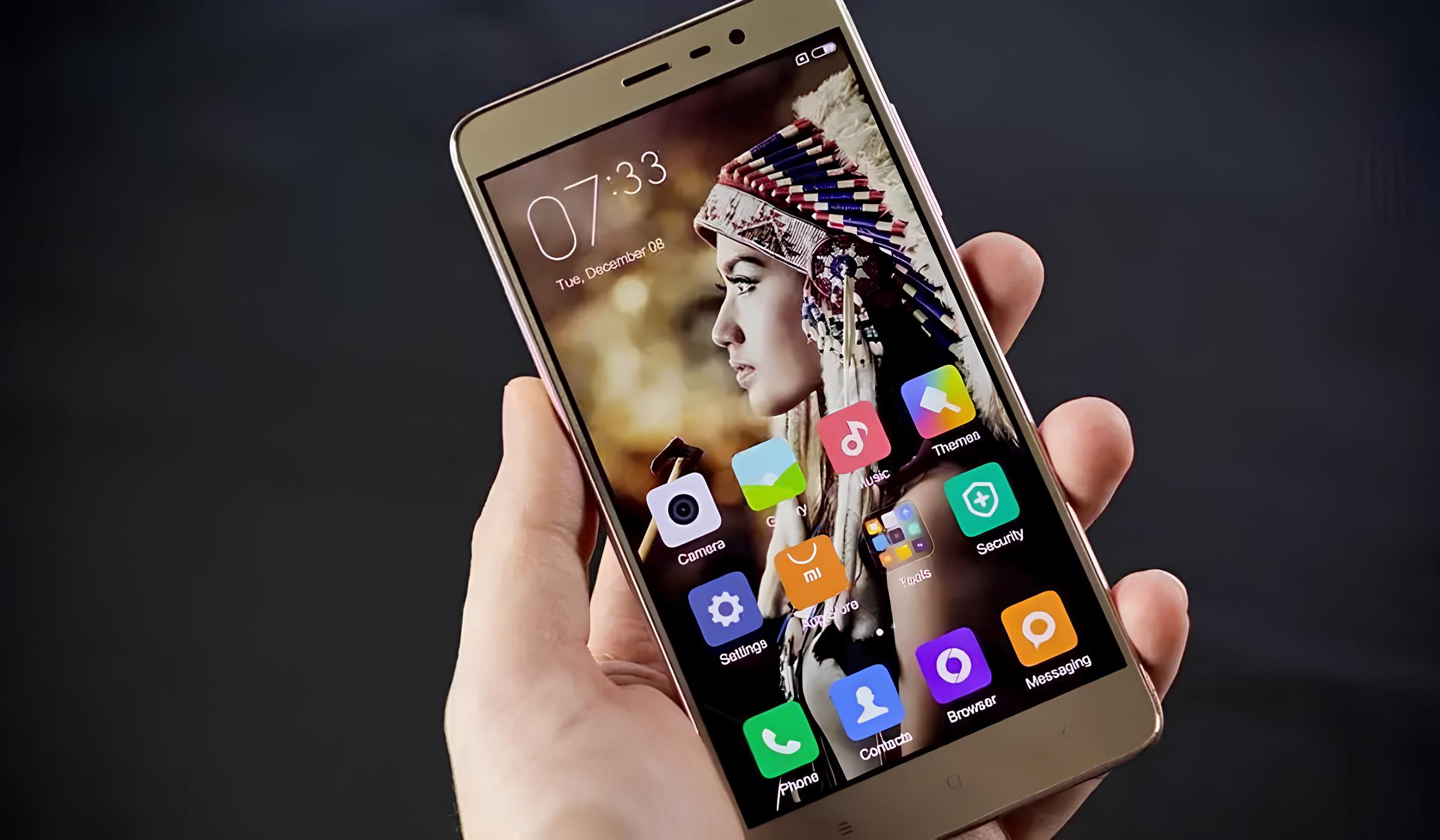Introduction
Flashing your Redmi phone can be an exhilarating experience, offering a gateway to a world of customization and optimization. Whether you're a tech enthusiast or a novice user, understanding the process of flashing is essential for harnessing the full potential of your device. In this beginner's guide, we will delve into the intricacies of flashing a Redmi phone, providing you with the knowledge and confidence to embark on this exciting journey.
Flashing a Redmi phone involves installing a new firmware or custom ROM onto the device, allowing you to customize the user interface, enhance performance, and access a myriad of features not available in the stock firmware. This process empowers you to tailor your device to your preferences, unlocking a realm of possibilities that extend beyond the limitations of the factory settings.
As you venture into the realm of flashing, it's crucial to approach the process with a sense of curiosity and a willingness to learn. While it may seem daunting at first, the rewards of flashing your Redmi phone are boundless. By gaining a deeper understanding of the intricacies involved, you can elevate your user experience and truly make your device your own.
Throughout this guide, we will unravel the fundamentals of flashing, from preparing your Redmi phone for the process to troubleshooting common issues that may arise. By the end of this journey, you will be equipped with the knowledge and skills to confidently embark on the exhilarating adventure of flashing your Redmi phone. So, let's dive in and unlock the potential of your device!
Understanding the Basics of Flashing
Flashing a Redmi phone involves the process of installing a new firmware or custom ROM onto the device. This fundamental concept serves as the gateway to unlocking the full potential of your device, allowing for extensive customization and optimization. At its core, flashing empowers users to transcend the limitations of the stock firmware, providing access to a plethora of features and enhancements that cater to individual preferences.
The primary motivation behind flashing a Redmi phone is the desire for customization and performance optimization. By installing a custom ROM, users can revamp the user interface, tweak system settings, and access features that may not be available in the stock firmware. This level of customization enables users to tailor their devices to suit their unique preferences, creating a personalized and optimized user experience.
Furthermore, flashing offers the opportunity to breathe new life into older devices. As official support for older Redmi models may wane over time, flashing custom ROMs can extend the lifespan of these devices by providing access to the latest features and security updates. This not only enhances the user experience but also contributes to sustainable technology usage by maximizing the longevity of devices.
It's important to note that flashing a Redmi phone requires a thorough understanding of the process, as well as the associated risks. While the benefits of flashing are substantial, it's crucial to approach the process with caution and diligence. Familiarizing oneself with the intricacies of flashing, such as bootloader unlocking, recovery mode, and firmware compatibility, is essential to ensure a smooth and successful flashing experience.
In essence, understanding the basics of flashing entails recognizing the transformative potential it holds for your Redmi phone. By embracing the concept of flashing, users can embark on a journey of exploration and personalization, elevating their devices to new heights of performance and customization. This foundational knowledge serves as the bedrock for the subsequent steps involved in preparing, choosing, and executing the flashing process, laying the groundwork for a fulfilling and empowering experience.
Preparing Your Redmi Phone for Flashing
Before delving into the exhilarating process of flashing your Redmi phone, it is imperative to meticulously prepare the device to ensure a seamless and successful flashing experience. This preparatory phase lays the foundation for the subsequent steps, encompassing essential tasks that optimize the device and mitigate potential risks. By adhering to the following guidelines, you can fortify your Redmi phone for the transformative journey of flashing.
1. Backup Your Data
Commencing the preparation with a comprehensive backup of your Redmi phone's data is paramount. This includes safeguarding personal files, photos, videos, contacts, and any other crucial data stored on the device. Utilizing the built-in backup functionality or third-party backup solutions ensures that your valuable data remains secure throughout the flashing process.
2. Unlock the Bootloader
Unlocking the bootloader of your Redmi phone is a pivotal step in preparing for flashing. This process grants access to the device's system partition, enabling the installation of custom firmware. It's essential to follow the manufacturer's guidelines and utilize official tools to unlock the bootloader, as improper execution can lead to irreversible damage to the device.
3. Install a Custom Recovery
Installing a custom recovery, such as TWRP (Team Win Recovery Project), empowers you to create full device backups, flash custom ROMs, and perform system-level modifications. Custom recoveries provide a safety net during the flashing process, allowing for the seamless installation of custom firmware and the restoration of the device to a stable state if unforeseen issues arise.
4. Enable Developer Options and USB Debugging
Enabling Developer Options and USB debugging on your Redmi phone facilitates seamless communication between the device and external tools used for flashing. This step is crucial for establishing a reliable connection between the device and the flashing software, ensuring a smooth and uninterrupted flashing process.
5. Verify Firmware Compatibility
Thoroughly researching and verifying the compatibility of the custom firmware or ROM with your specific Redmi phone model is essential. Utilizing reputable sources and forums to confirm compatibility mitigates the risk of encountering compatibility issues during the flashing process, safeguarding the integrity of your device.
By meticulously adhering to these preparatory steps, you can fortify your Redmi phone for the exhilarating journey of flashing. This meticulous preparation not only mitigates potential risks but also sets the stage for a seamless and successful flashing experience, empowering you to unlock the full potential of your device with confidence and assurance.
Choosing the Right Firmware
Selecting the appropriate firmware is a critical aspect of the flashing process, as it directly influences the performance, stability, and feature set of your Redmi phone. The right firmware not only ensures compatibility with your device but also aligns with your specific preferences and usage requirements. To navigate this pivotal decision with confidence, consider the following factors when choosing the right firmware for your Redmi phone.
1. Firmware Compatibility
Ensuring that the selected firmware is compatible with your Redmi phone model is paramount. Each device variant may have specific hardware configurations and requirements, necessitating firmware tailored to its specifications. Verifying compatibility through reputable sources and user forums mitigates the risk of encountering compatibility issues during the flashing process, safeguarding the integrity of your device.
2. Feature Set and Customization Options
Evaluate the feature set and customization options offered by the firmware to align with your preferences. Custom ROMs often introduce a plethora of customization options, ranging from advanced theming capabilities to performance optimization tweaks. Assessing the feature set allows you to tailor the firmware to your specific usage patterns and desired user experience, ensuring that it enhances the functionality and aesthetics of your Redmi phone.
3. Stability and Performance
Prioritize firmware builds known for their stability and performance optimizations. User feedback, developer reputation, and community support are valuable indicators of a firmware's reliability and performance. Opting for well-established firmware builds with a track record of stability and smooth operation minimizes the likelihood of encountering system instabilities or performance issues post-flashing, providing a consistent and reliable user experience.
4. Security Updates and Long-Term Support
Consider the firmware's approach to security updates and long-term support. Regular security patches and ongoing support from the firmware's development community contribute to a secure and up-to-date user experience. Choosing a firmware build with a commitment to timely security updates and long-term support ensures that your Redmi phone remains protected against potential vulnerabilities and benefits from the latest features and optimizations.
5. Community and Developer Support
Assess the level of community and developer support associated with the firmware. Active community engagement and dedicated developer support foster a vibrant ecosystem around the firmware, providing access to resources, troubleshooting assistance, and a collaborative platform for sharing experiences and insights. Engaging with a supportive community enhances the overall flashing experience and ensures ongoing assistance in optimizing and troubleshooting the firmware.
By conscientiously evaluating these factors, you can make an informed decision when choosing the right firmware for your Redmi phone. This deliberate approach empowers you to select a firmware build that aligns with your device's specifications, enhances its functionality, and provides a tailored user experience, setting the stage for a rewarding and personalized flashing journey.
Flashing Your Redmi Phone
Flashing your Redmi phone marks the culmination of meticulous preparation and informed decision-making, heralding the transformative moment where you breathe new life into your device. This pivotal phase encapsulates the culmination of your efforts, as you embark on the exhilarating journey of installing custom firmware or a custom ROM onto your Redmi phone. The process of flashing is a testament to the power of customization and optimization, empowering you to tailor your device to your unique preferences and usage patterns.
Commencing the flashing process entails navigating the intricate steps with precision and care. The following guidelines outline the fundamental stages involved in flashing your Redmi phone, guiding you through this transformative experience with confidence and assurance.
1. Accessing Recovery Mode
Initiate the flashing process by accessing the recovery mode on your Redmi phone. This can be achieved by powering off the device and then booting into recovery mode using the designated key combination or through the bootloader interface. Recovery mode serves as the gateway to installing custom firmware and executing essential system-level modifications.
2. Wiping Data and Cache
Prior to flashing the custom firmware, it is imperative to perform a comprehensive wipe of the device's data and cache partitions. This step ensures the removal of residual system files and configurations, creating a clean slate for the installation of the custom firmware. Thoroughly wiping the data and cache partitions mitigates the risk of compatibility issues and system instabilities post-flashing.
3. Installing the Custom Firmware
With the device prepared and the recovery mode accessed, proceed to install the custom firmware or custom ROM onto your Redmi phone. This involves selecting the firmware package from the device's storage and initiating the installation process through the recovery interface. The installation progress will be displayed, culminating in the successful integration of the custom firmware into the device's system.
4. Rebooting and Optimization
Upon the completion of the firmware installation, reboot the device to initialize the newly installed firmware. As the device boots up, take the opportunity to optimize system settings, configure personalized preferences, and explore the enhanced feature set offered by the custom firmware. This phase marks the transition to a revitalized user experience, tailored to your unique requirements and preferences.
5. Post-Flashing Verification
Following the reboot, conduct a thorough verification of the device's functionality and performance. Assess system stability, app compatibility, and overall responsiveness to ensure a seamless transition to the custom firmware. This verification phase allows you to address any potential issues and fine-tune the firmware to align with your usage patterns, culminating in a refined and personalized user experience.
Flashing your Redmi phone is a transformative endeavor that empowers you to transcend the limitations of the stock firmware, unlocking a realm of customization and optimization. By navigating the flashing process with diligence and precision, you can elevate your device to new heights of performance and personalization, setting the stage for a rewarding and tailored user experience.
Troubleshooting Common Issues
Flashing a Redmi phone, while an exhilarating endeavor, may occasionally present common issues that require troubleshooting to ensure a seamless and successful flashing experience. By familiarizing yourself with these potential challenges and their corresponding solutions, you can navigate the flashing process with confidence and address any unforeseen complications effectively.
1. Boot Loop or System Instability
Encountering a boot loop or system instability post-flashing can be disconcerting. To address this, perform a factory reset from the recovery mode to clear residual system configurations and restore the device to a stable state. Additionally, re-installing the custom firmware or opting for an alternative firmware build may resolve compatibility issues contributing to the boot loop.
2. App Compatibility and Functionality
After flashing, certain apps may exhibit compatibility issues or unexpected behavior. This can be mitigated by clearing the app cache and data, ensuring that apps are updated to the latest versions, and verifying compatibility with the custom firmware. Utilizing alternative app versions or seeking guidance from the firmware's community for app-specific optimizations can further enhance compatibility.
3. Connectivity and Network Issues
In some instances, flashing may impact connectivity and network functionality. Troubleshoot connectivity issues by resetting network settings, ensuring that APN configurations are accurate, and verifying that the custom firmware supports the device's network bands. Engaging with the firmware's community to address network-specific optimizations and configurations can aid in resolving connectivity challenges.
4. Performance Degradation
If the device exhibits performance degradation post-flashing, consider optimizing system settings, clearing system cache from the recovery mode, and evaluating background processes and resource utilization. Custom kernel installations and performance-oriented system modifications, guided by the firmware's community recommendations, can further enhance the device's performance and responsiveness.
5. Battery Drain and Power Management
Addressing battery drain and power management concerns post-flashing involves optimizing battery settings, evaluating background processes and app power consumption, and exploring custom kernel configurations tailored for power efficiency. Utilizing battery monitoring apps and engaging with the firmware's community for power management optimizations can aid in mitigating battery-related issues.
By proactively addressing these common issues and leveraging the collective insights of the firmware's community, you can effectively troubleshoot and resolve potential challenges encountered during the flashing process. Embracing a collaborative approach and leveraging the wealth of resources available within the firmware's community fosters a supportive environment for troubleshooting, ensuring a rewarding and optimized flashing experience.
Conclusion
In conclusion, the journey of flashing your Redmi phone is a transformative experience that transcends the confines of the stock firmware, empowering you to customize, optimize, and revitalize your device. Throughout this beginner's guide, we have delved into the intricacies of flashing, from the preparatory phases to the selection of the right firmware and the execution of the flashing process. As you embark on this exhilarating journey, it's essential to approach flashing with a sense of curiosity, diligence, and a willingness to learn.
Flashing your Redmi phone represents a gateway to a world of customization, personalization, and performance enhancements. By embracing the process with meticulous preparation, informed decision-making, and a proactive approach to troubleshooting, you can unlock the full potential of your device with confidence and assurance.
The act of flashing embodies the spirit of exploration and personalization, allowing you to tailor your device to your unique preferences and usage patterns. It signifies a departure from the one-size-fits-all approach of stock firmware, ushering in a realm of possibilities where your device becomes a reflection of your individuality and technological aspirations.
As you navigate the flashing process, it's important to engage with the vibrant community surrounding custom firmware and ROMs. Leveraging the collective insights, resources, and support available within these communities fosters a collaborative environment where troubleshooting, optimization, and shared experiences enrich the flashing journey.
Ultimately, the act of flashing your Redmi phone is not merely a technical endeavor; it's a testament to your desire for personalization, optimization, and the pursuit of a tailored user experience. By embracing the transformative potential of flashing, you embark on a journey that transcends the boundaries of conventional device usage, unlocking a realm of customization and performance enhancements that elevate your device to new heights.
In essence, flashing your Redmi phone is a testament to your technological curiosity, your desire for personalization, and your aspiration for a device that resonates with your unique preferences. As you embark on this journey, remember that the rewards of flashing extend far beyond the technical process; they encompass the fulfillment of personalizing and optimizing your device to align with your individuality and technological aspirations.







